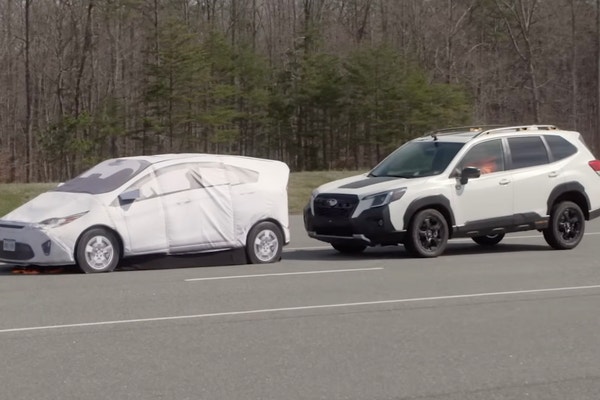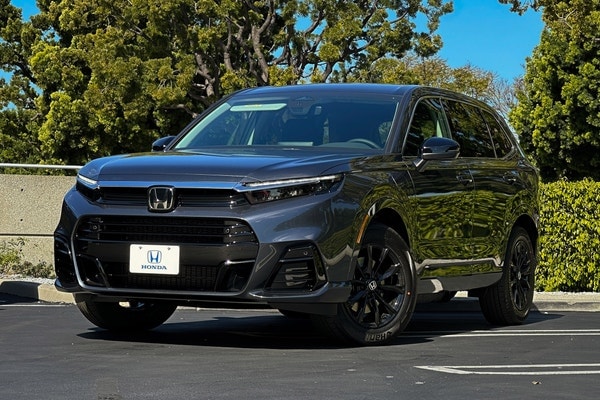Used 2013 Honda Fit EV Base Hatchback Review
Consumer reviews
Read what other owners think about the 2013 Honda Fit EV Base Hatchback.
Most helpful consumer reviews
July 2012 EV Fit
srl99, Cloverdale, CA, 07/31/2012
2013 Honda Fit EV 4dr Hatchback (electric DD)
We've tried a lot of the "working man's" electric cars and PHEVs, and this is the first one that provides us the total package.
Start with the "lease", which includes vehicle damage insurance. 3 years is a reasonable amount of time, and the total outlay over 3 years isn't bad. Especially because you only need to provide liability insurance (with moderate limits).
While we've only been … driving the car for a few days, the first outing was approx 60 miles, mostly freeway, and we ended that with 33% charge left. [Much of the time in Eco mode, and no AC or heat]. The next trip was about 50 miles, driven more normally, some AC, and ended with about 50% charge remaining.
100 mile range possible?
Edmunds Summary Review of the 2013 Honda Fit EV Base Hatchback
Pros & Cons
- Pro:Excellent range for an EV
- Pro:spacious backseat
- Pro:plenty of cargo capacity with the rear seats folded
- Pro:excellent visibility.
- Con:Reduced luggage space behind the backseat
- Con:subpar braking performance
- Con:lease-only agreement
- Con:limited availability.
Full Edmunds Review: 2013 Honda Fit EV Hatchback
Edmunds Insurance Estimator
The Edmunds TCO® estimated monthly insurance payment for a 2013 Honda Fit EV in New Jersey is:
not availableLegal



